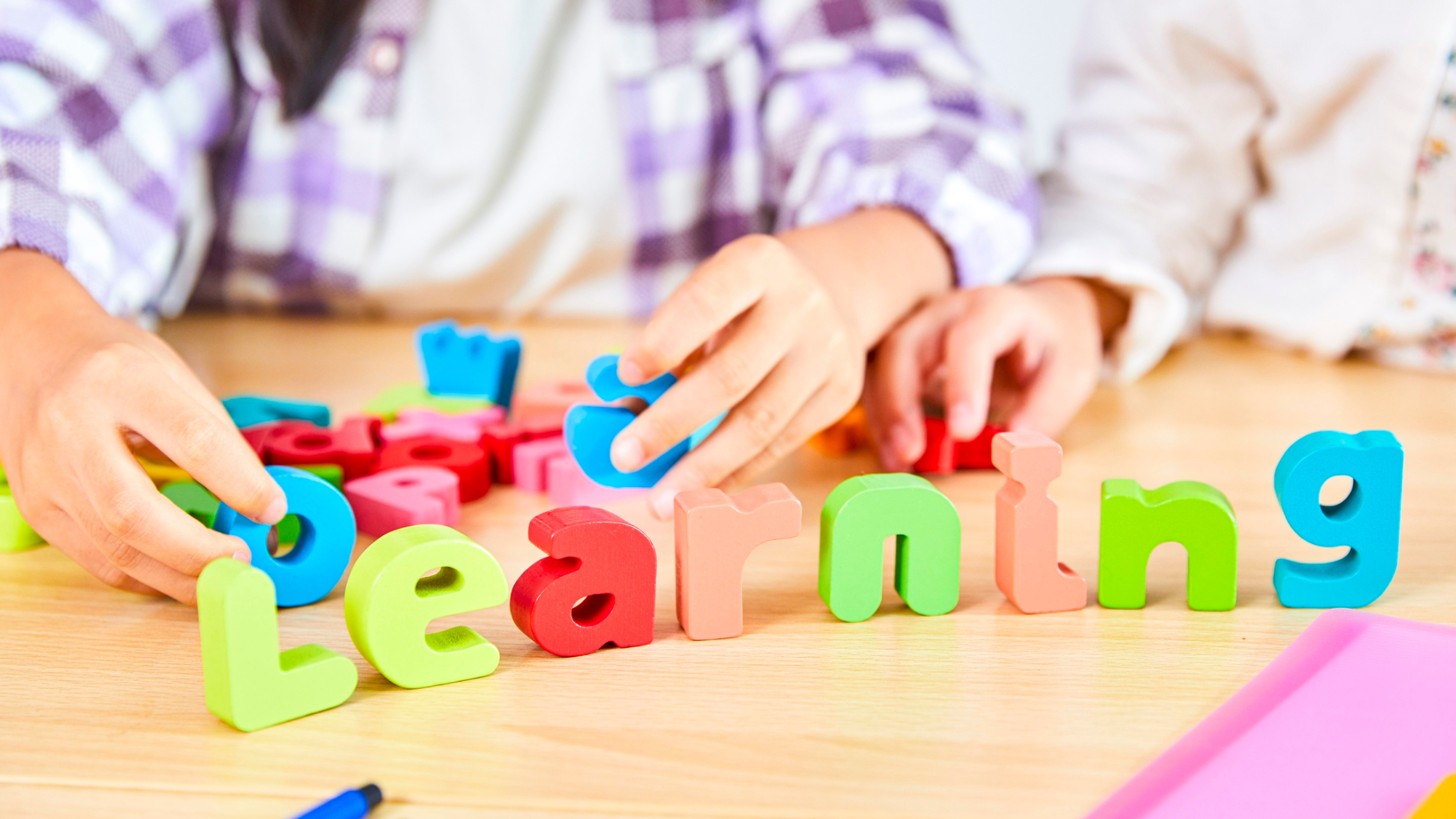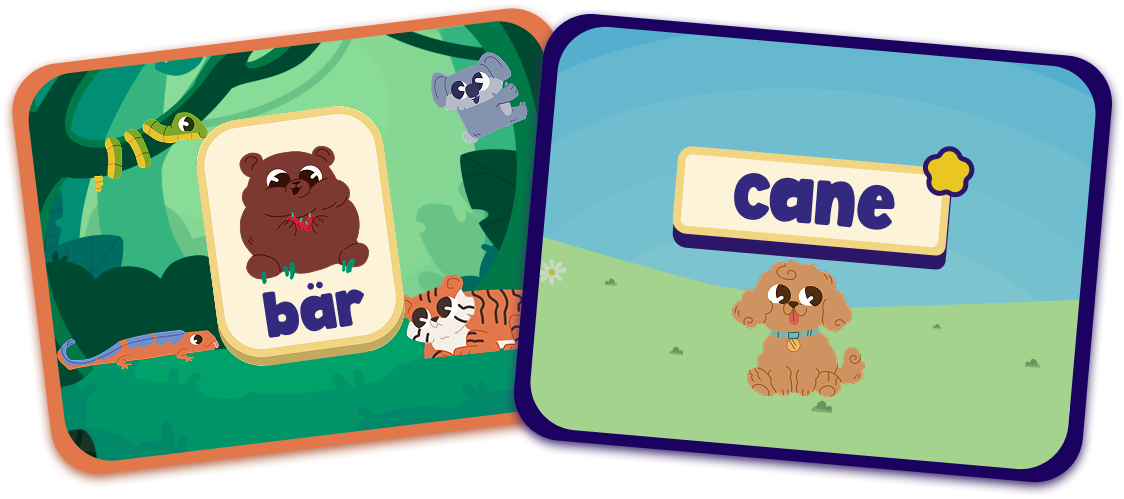
Many parents wonder: Does bilingual learning confuse toddlers? It’s a common worry when kids learning two languages mix words or take longer to respond. But experts agree: bilingualism in toddlers is anything but confusing.
In fact, language learning at this age brings proven cognitive, social, and cultural benefits!
When children combine words from both languages, let’s say English and Polish, parents may see it as a red alert.
In reality, this is called code-switching, and it’s a normal part of bilingual learning. Children learning more than one language are simply experimenting and practising, and with that comes experimentation.
Over time, they learn how and when to use each language separately. But that does not mean that code-switching is considered a mistake or a sign of confusion, as it can continue to happen throughout the learning curve. It’s a normal (and necessary) symptom of bilingual learning.

If confusion is what’s stopping you from teaching your child a second language, here we give you some scientific facts to help you!
Research in early childhood development shows that:
Bilingualism in toddlers is not a delay. Kids learning two languages reach milestones like first words and sentences at the same pace as monolinguals.
Confusion is a myth. Mixing languages is a natural stage of language learning.
Bilingual learning strengthens the brain. Managing two languages improves memory, attention, and problem-solving skills.
Raising a bilingual child is one of the best gifts for their future:
Cognitive growth: sharper focus and better multitasking.
Cultural identity: deeper connection to heritage and family roots.
Future success: kids learning a second language early find it easier to learn more later.
Parents play a key role in making bilingual learning simple and fun:
Use both languages daily: during meals, play, or bedtime stories.
Keep it playful: songs, rhymes, and games make language learning enjoyable.
Pick safe tools: teacher-approved apps like Parlini Land encourage kids’ learning through low-stimulation, engaging games in 10+ languages.
Far from being confusing, bilingualism in toddlers creates strong foundations for lifelong learning. By making language learning part of everyday play, parents can raise confident, curious children who thrive in a multilingual world.
Is bilingualism confusing for toddlers?
No. Research shows bilingualism in toddlers is not confusing. Mixing words, known as code-switching, is a natural stage of bilingual learning.
What are the benefits of bilingual learning in toddlers?
Bilingual learning improves memory, focus, and problem-solving, while also strengthening cultural identity and future language skills.
How can parents support language learning at home?
Parents can support bilingualism by using both languages daily, keeping learning playful with songs and games, and choosing safe tools like educational apps.